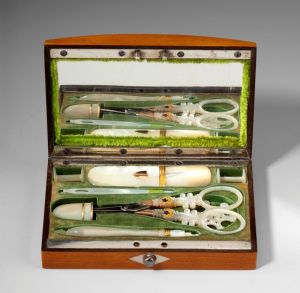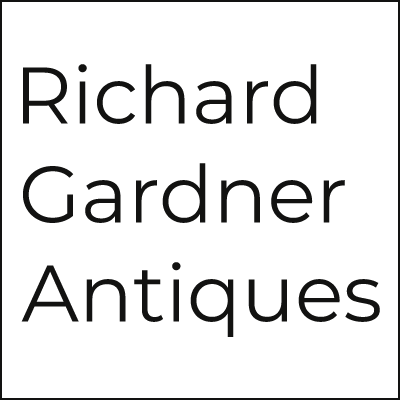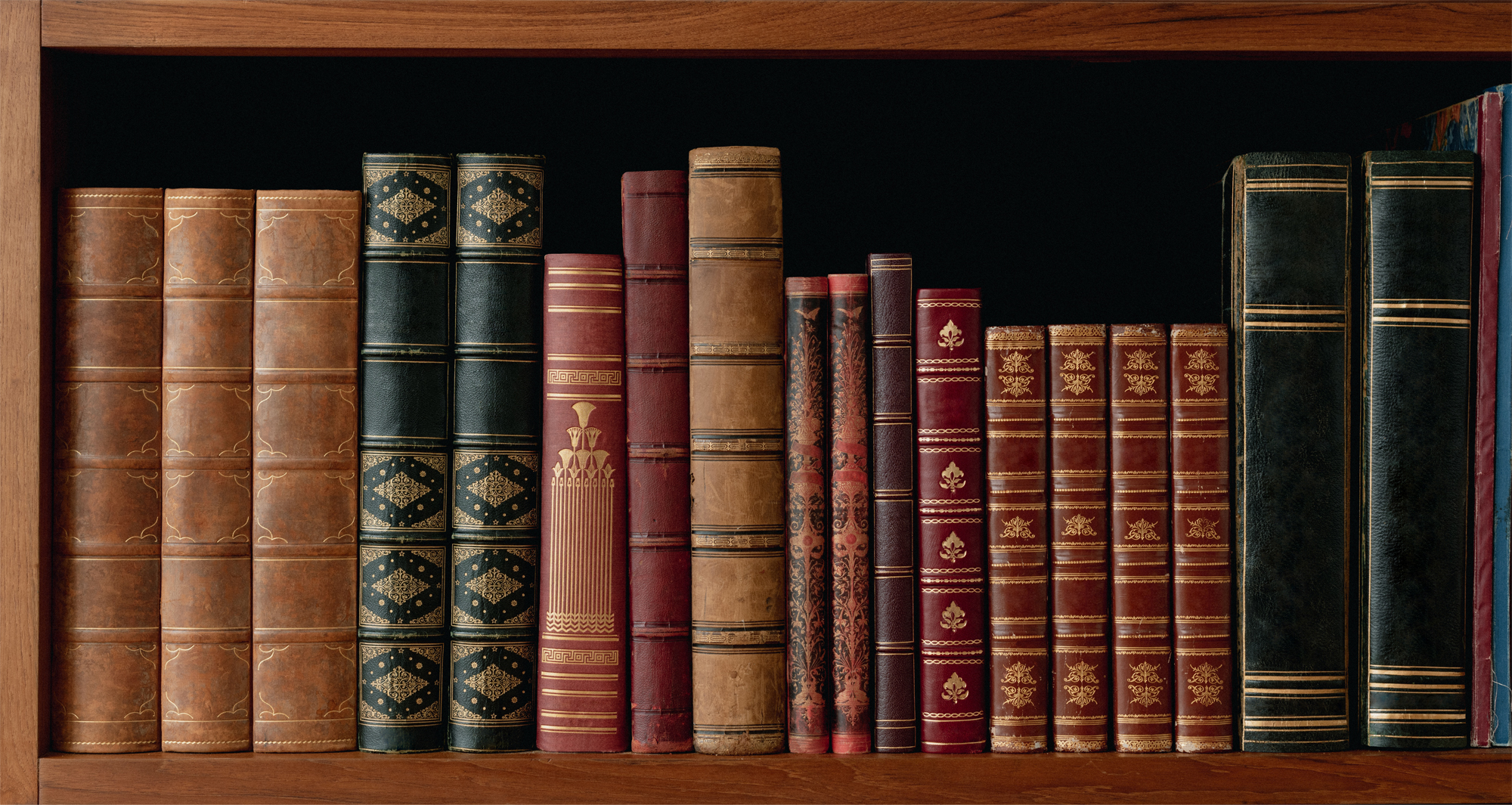Antique Palais Royal
The History of Palais Royal
 For collectors of thimbles needlework tools, and needlework boxes some of the most beautiful and sought-after pieces are known collectively as ‘Palais Royal’. The name refers to the Palace in Paris, built for Cardinal Richelieu in 1629. It was originally known as Palais Cardinal but on the death of Richelieu it passed into the ownership of the French royal family.
For collectors of thimbles needlework tools, and needlework boxes some of the most beautiful and sought-after pieces are known collectively as ‘Palais Royal’. The name refers to the Palace in Paris, built for Cardinal Richelieu in 1629. It was originally known as Palais Cardinal but on the death of Richelieu it passed into the ownership of the French royal family.
The Palace was lived in by Anne of Austria and her children after the death of Louis X111 and become known from then as the Palais Royal. It had a variety of uses over the years but in the 18th Century was finally rebuilt as a place of recreation. It housed a circus, wax works, cafes and brothels as well as shops. In 1804, according to John Russell, the Paris city directory listed 17 billiard parlours, 11 loan sharks and 18 gaming houses in the Palais Royal.
The gardens too were famous, not least for the ‘Demoiselles’ who frequented the area after dark! It’s hard to believe that in this lovely setting the seeds of the French Revolution were sown and started the ‘Reign of Terror’.
The Revolution ended in 1799 and Napoleon Bonaparte came to power, becoming Emperor in 1804. Despite France being at War, the Palais Royal was again restored as an area for social gathering. The galleries on three sides of the courtyard housed shops selling only the finest wares. This area with its beautiful gardens, cafes and shops became the place to be seen in the early years of the 19th Century. It again fell into disrepair when gambling was banned in 1838 but restored in the 1870’s. This is why there are no pearl Palais Royal sewing tools around after 1840.
Some of the most desirable needlework tools for which the Palais Royal is now so famous were made in the early 19th Century. Although in England the fashion was for ivory sewing tools, Mother of Pearl was more popular in France at that time. However, workboxes and etuis with tools in ivory, silver, gold, steel, gilded metal and combinations of several of these materials were also sold from the Palais Royal shops through the 19th Century. However, it is the Mother of Pearl tools that are considered most collectable.
It is a fallacy that all Palais Royal sewing tools have a pansy. Many were just beautifully carved and had no need of further embellishment. Also not all Mother of Pearl tools are Palais Royal. In much the same way that some people refer to any carved ivory item as ‘Dieppe’, so it has become common for pearl sewing tools to be wrongly described as Palais Royal.
 Mother of Pearl is the name we give to the inside of mollusc shells, known as nacre in France. It comes mostly from shells like oysters, clams and scallops but can even be found inside the shell of a common garden snail. It is formed from layers of a nacreous secretion, crystalline calcium carbonate, which coat the interiors of the mollusc shell. It’s an incredibly hard substance and easily worked, but it takes great skill to fashion it into the wonderful articles we enjoy so much.
Mother of Pearl is the name we give to the inside of mollusc shells, known as nacre in France. It comes mostly from shells like oysters, clams and scallops but can even be found inside the shell of a common garden snail. It is formed from layers of a nacreous secretion, crystalline calcium carbonate, which coat the interiors of the mollusc shell. It’s an incredibly hard substance and easily worked, but it takes great skill to fashion it into the wonderful articles we enjoy so much.
The intricate detail is superb and the expertise needed to make these was immense. Many varied skills were needed and different people produced each item. Thimble making was a distinctly separate skill from carving. It is unlikely they were actually made at the Palais Royal and I can find no evidence of any production there. Dieppe was, and is, a renowned centre for ivory carving of the highest quality. But the town of Meru, some 40 miles north of Paris, had been the main centre for manufacturing fancy carved goods in Mother of Pearl since the 17th Century. They made gaming counters in vast numbers, also buttons, fan sticks etc, so it’s very likely they produced needlework tools too. Meru was the centre of pearl carving in France for about 150 years but they also made items in ivory and bone, all materials from which sewing tools were made. They certainly had the skilled craftsmen necessary for producing the finest quality goods as records show that between 1789 and 1837 over 1,2000 workers were employed there, producing many thousands of articles.
We would like to thank Sylvie Collett for allowing us to re-produce this text from her booklet- Palais Royal- Needlework tools.


